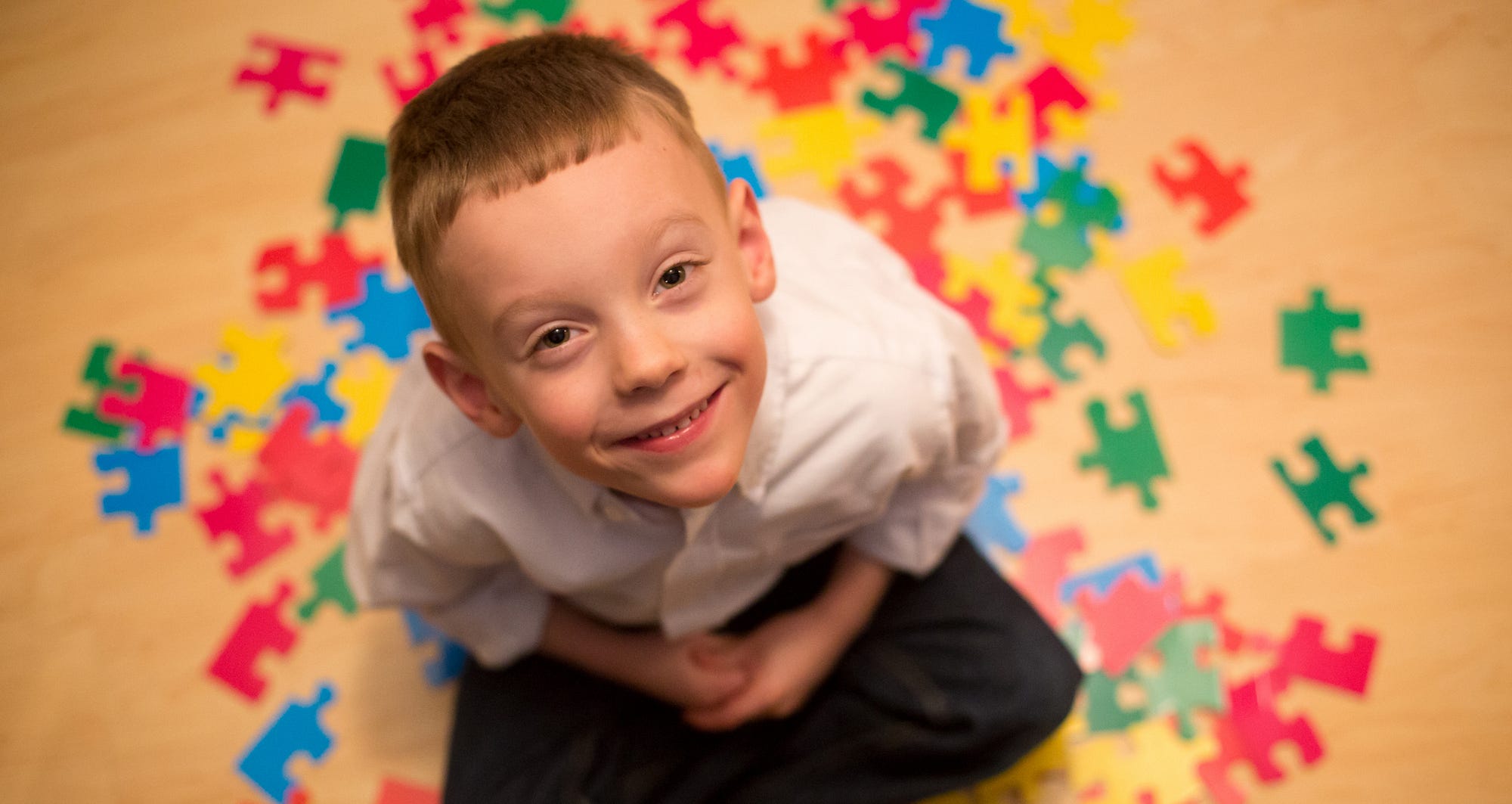
Autism is a problem that has been growing a lot in recent years.
It is a disorder characterized by an inability to relate to others.
As we said, the problem has been growing a lot in recent years.
In 1957, in the United States, one person in five thousand was considered autistic.
As early as 2002, one in 150 were diagnosed with autism.
Ten years later, in 2012, numbers climbed even higher, showing one autistic person for every 68.
Today the proportion is even higher: in 1 to 51.
Data are from the US Centers for Disease Control and Prevention (CDC).
The reasons)?
There are many theories, but no certainty.
But autism spectrum disorder (ASD) is not as mysterious as it used to be ten or twenty years ago.
Fortunately, we now have a better understanding of this evil and, consequently, we can treat it with more empathy and support.
Children on the autism spectrum see and process the world differently from children who do not.
Because of lack of knowledge of adults, many children end up suffering from having autism and not being understood.
For example, it is normal for an autistic person to have difficulty speaking, listening, and finally communicating.
In this regard, we separate seven behaviors very common to those who have autism.
1. Do not respond to interaction
Children often interact with their parents and the world almost immediately.
They, for example, are still very young, respond to the voices and follow the sound with their eyes.
A baby with autism, unfortunately, may have difficulties.
2. Delay to babble
Behavior very common to those who have autism.
Babies begin to babble before they begin to learn to speak.
Before they reach the one-year mark, most children begin to make a noise with their mouths as a form of communication.
Children who have autism tend to have a developmental delay when it comes to verbalizing and babbling.
If your child is not reaching the same milestones when it comes to babbling or even talking, like children around them, they may have autism.
3. Difficulty of interaction
As we said earlier in the article, the child may have difficulty interacting with peers and even with parents.
Children with autism will be disinterested, or they may find that interacting with people, especially strangers, is difficult.
Autism can affect the comprehension of the message.
Maybe they even attend, but they can not.
It takes a lot of patience.
4. Difficulty expressing feelings
Children with autism have difficulty verbalizing their feelings in the same way that other children can.
This results in self-healing behavior.
A child who is upset and needs to calm down, for example, tends to rock back and forth.
A happy child can express this feeling by waving their hands or by flapping their arms.
The self-healing posture can help the child deal with their emotions at their own pace.
It is not bad, so it should not be discouraged as long as it is not self-destructive or harmful to the child or others.
5. Difficulty to imitate
Most children learn from imitation.
That is, they repeat what parents do, including social skills.
A child with autism, on the other hand, may feel disconnected from their parents or other adults and children.
6. They do not always know how to identify their own names
At one year old, children usually recognize their name and respond to it.
They can also understand the names of other people in the house, such as Mom and Dad.
So if your child can not respond when called, that at an advanced age may be a sign of autism.
7. Insulation
Usually infants and children will seek out adults to talk and make physical contact.
Children with autism show less interest in other people.
They even avoid visual and verbal contact.


No comments:
Post a Comment